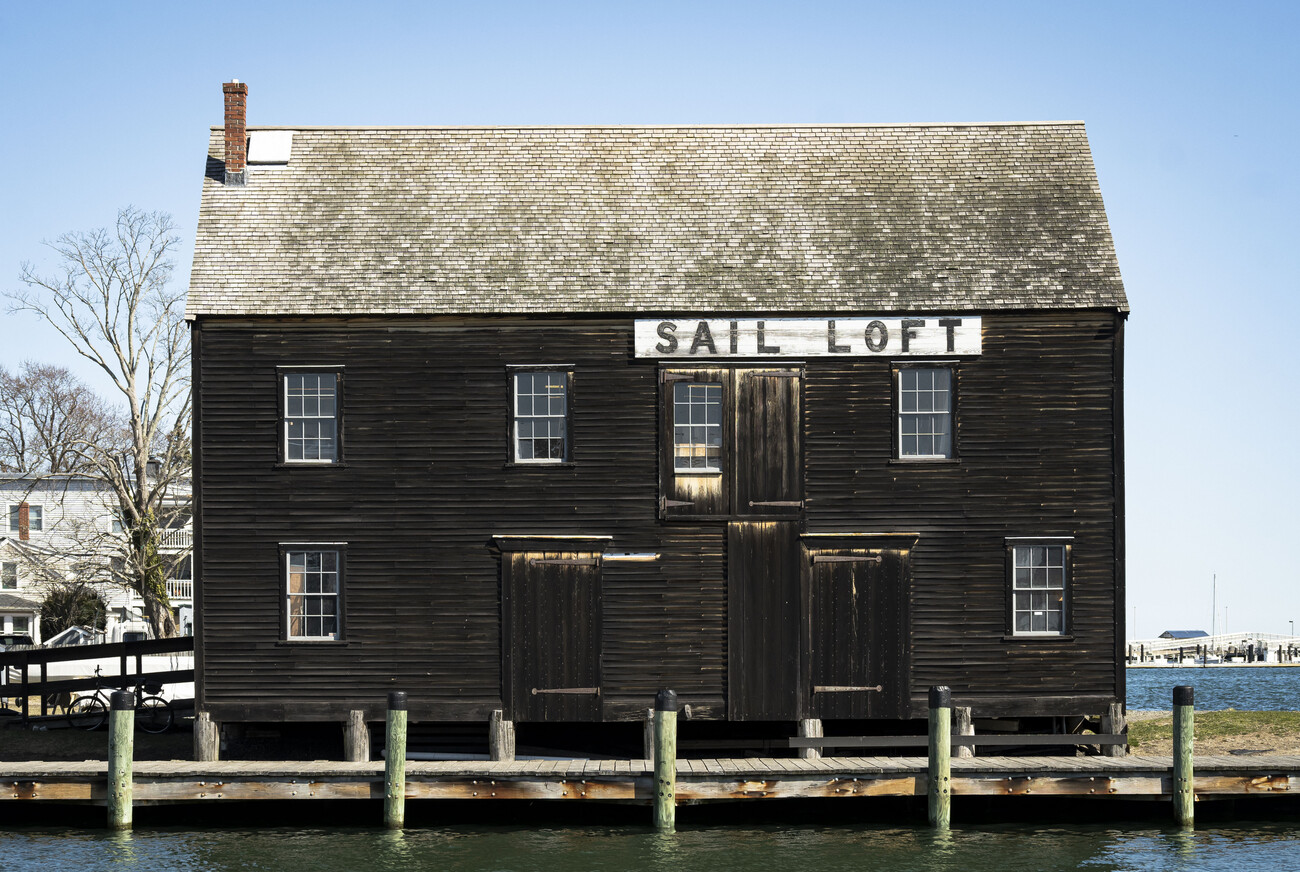“Codfish aristocracy.”
As much as I would like to take the credit for coming up with this intriguing phrase, I must attribute it to historian Robert Booth Jr. What it refers to is the booming fishing industry that burst in the mid-1700s in Marblehead, furnishing those involved — and the town at large — with wealth.
One family that benefited from the boom was the Pedrick family. Fishing was a multigenerational affair. Not only did the parents made it big but the sons, John, Thomas, William, Richard, Samuel, and Knott, were also involved in the business.
John took the cake (or the cod, I guess) as the most successful brother, but after his death in 1780, Thomas rose to comparable status. This may be thanks to his father’s death 10 years earlier, through which he gained some inheritance.
According to the National Park Service’s Historic Structure Report (HSR), “within a year of his father’s death, Thomas Pedrick had a new ship, a new wharf, and probably a new store house.”
It is this store house that I am going to talk about.
See, on Dec. 8, 1770, Thomas bought a parcel on the Marblehead waterfront in what was once known as Codner’s Cove and is now Tucker’s Wharf. On this land he built a salt-storage building. A post from the building has the date 1770 carved into it.
Thomas died in 1802, and though he died without a will, his store house and the property came into the possession of his sister’s children. The property was divided in half between “Anna Broughton Proctor (and husband Joseph), and Eleanor Broughton Horton (and husband Samuel),” according to the HSR.
The HSR continues, “Both transactions were carried out for the ‘sum of $1,’ indicating that basically no cash changed hands — this was a family affair.”
The family affair continued when a cousin, William Story, purchased Proctor’s portion, the western half. Story and Horton’s husband were hopeful about commercial trade, even putting out an ad in 1810 for someone to build them a wharf.
However optimistic they were, changes in the industry drove Story in particular into insurmountable debt. Eventually, in 1817 and 1820, Story’s brothers-in-law Stephen White and William Fettyplace purchased both parts of the property, according to the HSR.
Around 1821, a man named Capt. Leavitt Kingsbury. Unfortunately for him, he went bankrupt in the mid-1820s. This allowed Capt. Nicholson Broughton III, a descendent of the Pedricks, to repurchase the property. He acquire more land around the property formerly of Kingsbury’s estate, forming Broughton’s Wharf. In 1829, he sold the wharf to his 10-year-old daughter Susan.
Broughton too went bankrupt 1842, so it was a good thing he had sold three of the four parcels he owned to his daughter. The next year, she purchased the fourth parcel at auction, and the “family affair” continued.
The property switched Broughton ownership for roughly five years, with the Marblehead Bank getting involved with mortgaging along the way.
Joseph Roundey Bassett, a married-in member of the Proctor family, and William Fabens purchased the property in 1847. It is only then when a “stone portion” is mentioned in the property description, though the HRS authors theorize that this was actually added by Story and Horton.
Rather than continue any fishing business, Bassett and Fabens intended to support the shoe-manufacturing industry that was booming. But this intention never came to fruition, and Bassett and Fabens sold it to John and Eleazer Graves, sailmakers. In 1873 Eleazer Graves died, but his son Philip continued on as sole owner of what was then known as the “Graves’ Sail Loft.”
Philip remained owner when he retired in 1902, but the wharf was in bad shape. The next year, he sold the property to Everett Paine, manager of the National Grand Bank for just $1. He held the property for around a year before selling it to Marblehead Transportation Co.
A parcel with the Pedrick Store House on it was sold again in 1978 to Tucker’s Wharf Limited Partnership, who held onto it until the Town of Marblehead purchased it in 1995.
So after all these owners and all this time… where is the store house now? You might think I am crazy if you have been to Tucker’s Wharf. Like many historic buildings, the store house is no longer where it was built.
Unlike many buildings, it was meticulously disassembled and moved across the harbor to Salem.
The Salem Maritime National Historic Site and National Park Service acquired the building in 2003, disassembled it, preserved the original timbers, and over many years rebuilt the building just a little ways away on Derby Wharf.
This piece of Marblehead history might be a couple miles farther away than most other historic ‘head buildings, but it sure is worth the journey.

